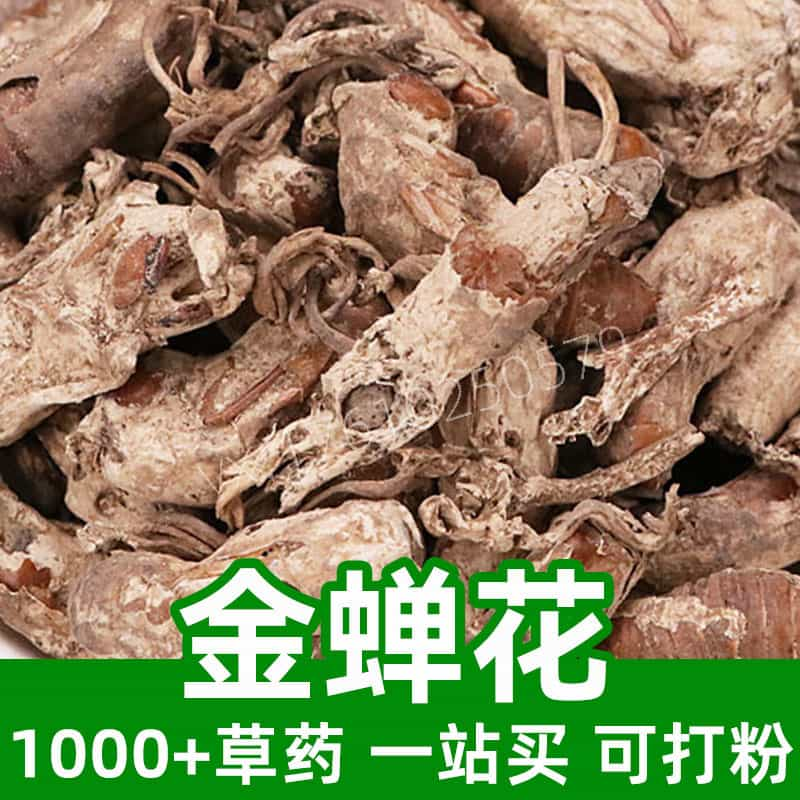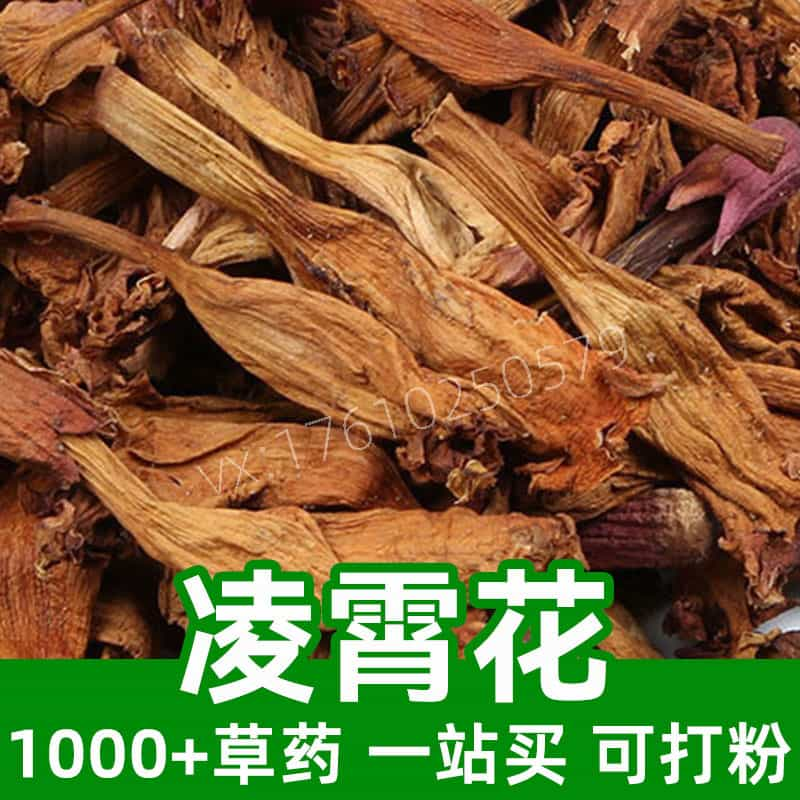Beehive Product Introduction
Beehive is a hexagonal structure built by bees using beeswax, consisting mainly of beeswax, honey, pollen, and other substances. The origin of the beehive is closely linked to the bees' lifestyle and physiological needs. Bees use the hive to store honey, pollen, and royal jelly, as well as to provide shelter and a place for egg-laying.
The unique structure of the beehive features a hexagonal arrangement, a geometric shape that helps bees store honey and pollen efficiently while maximizing storage space. Beehives are generally white or pale yellow and possess a soft yet resilient texture, offering some resistance to pressure and heat insulation.
In the bee society, the beehive plays a crucial role. It is not only a place for storing food and nurturing larvae but also a fundamental tool for the bees' productive activities. By using the hive, bees can manage their food resources, reproduce, and ensure the survival and development of the entire colony.
Therefore, the beehive holds an irreplaceable position in bee society and is significant for maintaining the ecological balance and stability of the bee ecosystem.
Key Active Components of the Beehive
The main active components of the beehive include beeswax, honey, pollen, and royal jelly.
- Beeswax: Beeswax is a substance secreted by bees through their wax glands. It mainly consists of beeswax esters, free fatty acids, and other substances. Beeswax is viscous and soft, making it one of the primary materials used in constructing the hive.
- Honey: Honey is a food made by bees from nectar, enzymes, and stored in the hive. It contains a variety of vitamins, minerals, and enzymes, offering nourishing properties and is widely used in foods and health products.
- Pollen: Pollen is a plant's reproductive cell, collected by bees and returned to the hive. Rich in proteins, amino acids, vitamins, and minerals, pollen is essential for the growth and development of bee larvae.
- Royal Jelly: Royal jelly is a special food secreted by worker bees. It is rich in proteins, fats, sugars, vitamins, and amino acids. Royal jelly is believed to have anti-aging, immune-boosting, and growth-promoting effects.
These components together make up the core elements of the beehive, providing bees with an ideal environment for survival and reproduction. At the same time, these ingredients are widely used in food, health supplements, cosmetics, and other fields, gaining popularity and recognition.
Beehive Applications and Dosage
Beehive has extensive applications in traditional Chinese medicine and the food industry. The following highlights its key uses and recommended dosages:
Traditional Chinese Medicine Applications:
- Beehive Honey: The honey stored in the hive is considered a valuable tonic in traditional Chinese medicine, believed to nourish the body, relieve thirst, and strengthen the spleen and stomach. Dosage: Consume directly, 5-10 grams per dose, preferably on an empty stomach in the morning and evening.
- Beehive Pollen: Pollen collected in the hive is regarded as a nutritious health food, rich in proteins, amino acids, vitamins, and minerals. It is believed to improve vitality and enhance immune function. Dosage: 5-10 grams per dose, can be taken with honey.
- Royal Jelly: Royal jelly is considered a natural tonic, containing abundant proteins, fats, sugars, vitamins, and other nutrients. It is believed to regulate immune function, delay aging, and improve skin luster. Dosage: 0.5-1 gram per dose, can be taken directly or mixed with honey.
Food Industry Applications:
- Beehive Honey Products: The honey from the hive is widely used in food processing, creating honey cakes, honey candies, and other desserts. It can also be used in cooking or as a flavoring to enhance the taste and nutritional value of food.
- Beehive Honey Wine: Beehive honey can be used to brew honey wine, which has a unique flavor and health benefits. Drinking it in moderation is said to help regulate blood circulation and boost kidney function.
- Beehive Pollen Products: Pollen from the hive is used to make pollen cakes, granules, and other products, which are considered healthy snacks packed with protein and various vitamins.
- Royal Jelly Supplements: Royal jelly extracted from the hive can be made into oral liquids, capsules, and other health supplements, aimed at boosting immunity and overall vitality.
Beehive products have a wide range of applications in both traditional Chinese medicine and the food industry. However, they should be used with caution, considering individual health conditions and avoiding excessive or improper use to prevent any adverse effects.
Beehive Source Plants, Distribution, and Growth Environment
The source plant of the beehive is primarily the bees' use of beeswax to construct the hive, and beeswax itself is derived from plants.
- Beeswax Source: Beeswax is produced by bees as they collect nectar from plants and secrete it from their abdominal wax glands. After collecting nectar, bees chew and process it, mixing it with wax from their glands to create beeswax.
- Beehive Distribution: Beehives are widely distributed around the world, mainly concentrated in environments suitable for bee survival, such as grasslands, forests, and mountainous areas. Bees build their hives in suitable locations, depending on the abundance of nectar sources and climate conditions.
- Growth Environment: The environment where bees live is crucial for hive construction. Bees need to find nectar as their food source and operate in favorable climatic conditions. Common bee habitats include warm, humid climates with abundant vegetation, which support plant growth and a continuous flowering season.
- Plant Resources: The nectar collected by bees comes from a variety of plants, including wild plants and crops. The composition and quality of nectar vary between plants, and thus the beeswax produced can differ. Common beehive plant resources include wildflowers, rapeseed, and bee trees.
In conclusion, the source plants for the beehive are the flowers from which bees collect nectar, and the distribution and growth environment of the hive are closely related to the plants' growth and geographical spread. Bees require rich nectar sources and suitable climate conditions to survive and construct their hives.
Beehive Harvesting, Processing, and Storage
The harvesting, processing, and storage of the beehive are key steps to ensure the quality of bee products and maintain their nutritional value.
- Harvesting: Beehives are usually harvested in the appropriate season to ensure bees' full activity and the abundance of nectar sources. During harvesting, care must be taken to check the overall health of the hive, selecting those that are free from disease or pests.
- Processing: After harvesting, the beehives need to be processed to remove impurities and residues from the beeswax. This processing should be done using specialized tools and equipment to ensure the purity and quality of the beeswax. After processing, the beeswax can be further refined to obtain pure beeswax products.
- Storage: Processed beeswax products should be stored properly to extend their shelf life and preserve their nutritional components. Beeswax should be kept in a dry, well-ventilated environment, away from direct sunlight and moisture. Suitable packaging materials, such as sealed bags or containers, should be used to prevent air and moisture from entering and causing spoilage.
- Preservation: To maintain the quality and freshness of beeswax products, the storage environment should be regularly checked to ensure stable temperature and humidity. Any signs of odor or spoilage should be addressed promptly, and packaging should be replaced if needed. Long-term storage of beeswax products may lead to crystallization, which is normal and can be restored to liquid form by heating or stirring.
Monica Sun is a seasoned expert in the natural raw materials industry, with over a decade of experience specializing in traditional Chinese medicinal herbs, spices, and fungi. She is skilled in the sourcing, processing, and application of these materials, emphasizing sustainability and innovation. Monica Sun has contributed to the development of high-quality natural raw materials that serve as essential components in functional foods, pharmaceuticals, and cosmetics, delivering tailored solutions to meet diverse market needs.













